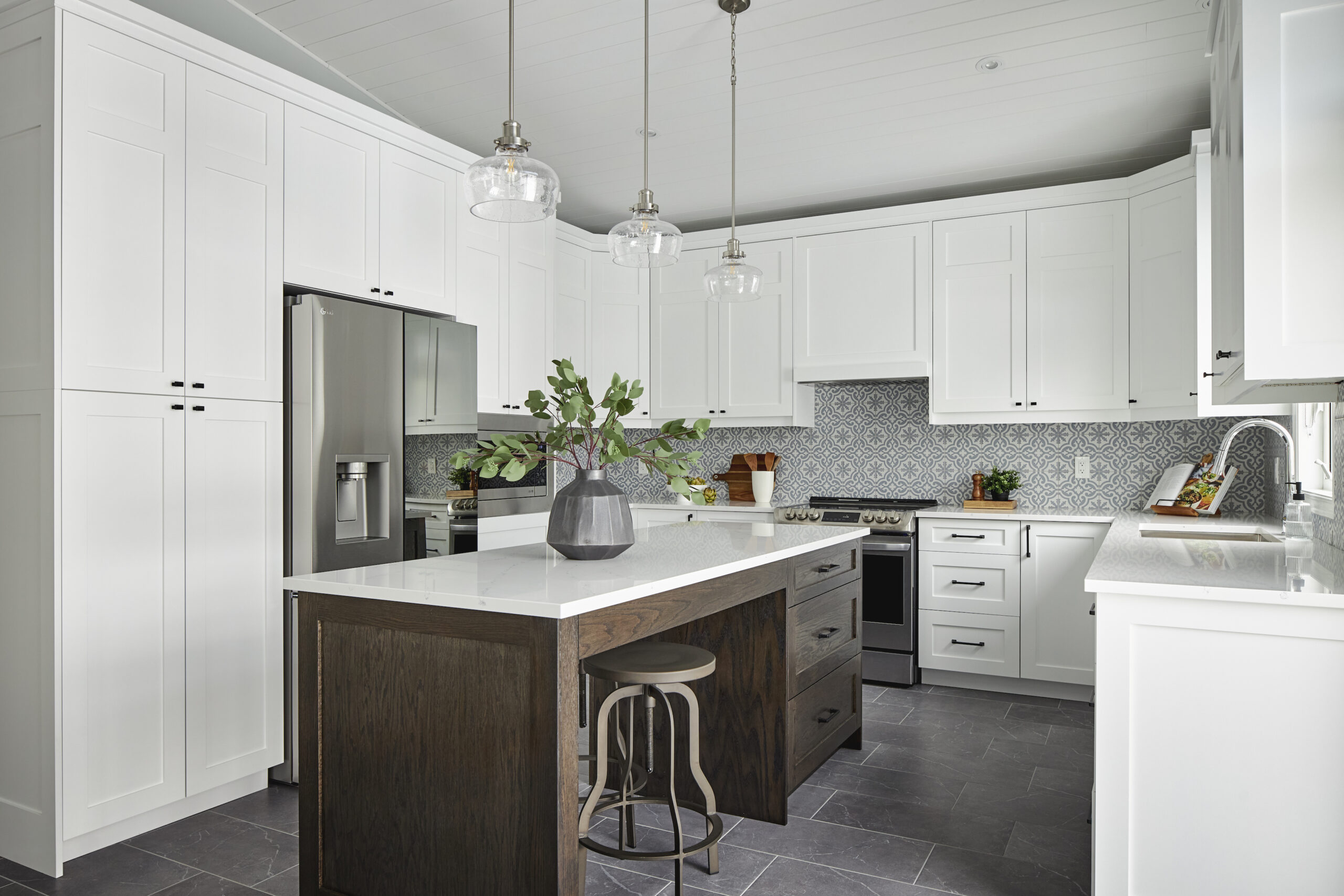
Blog

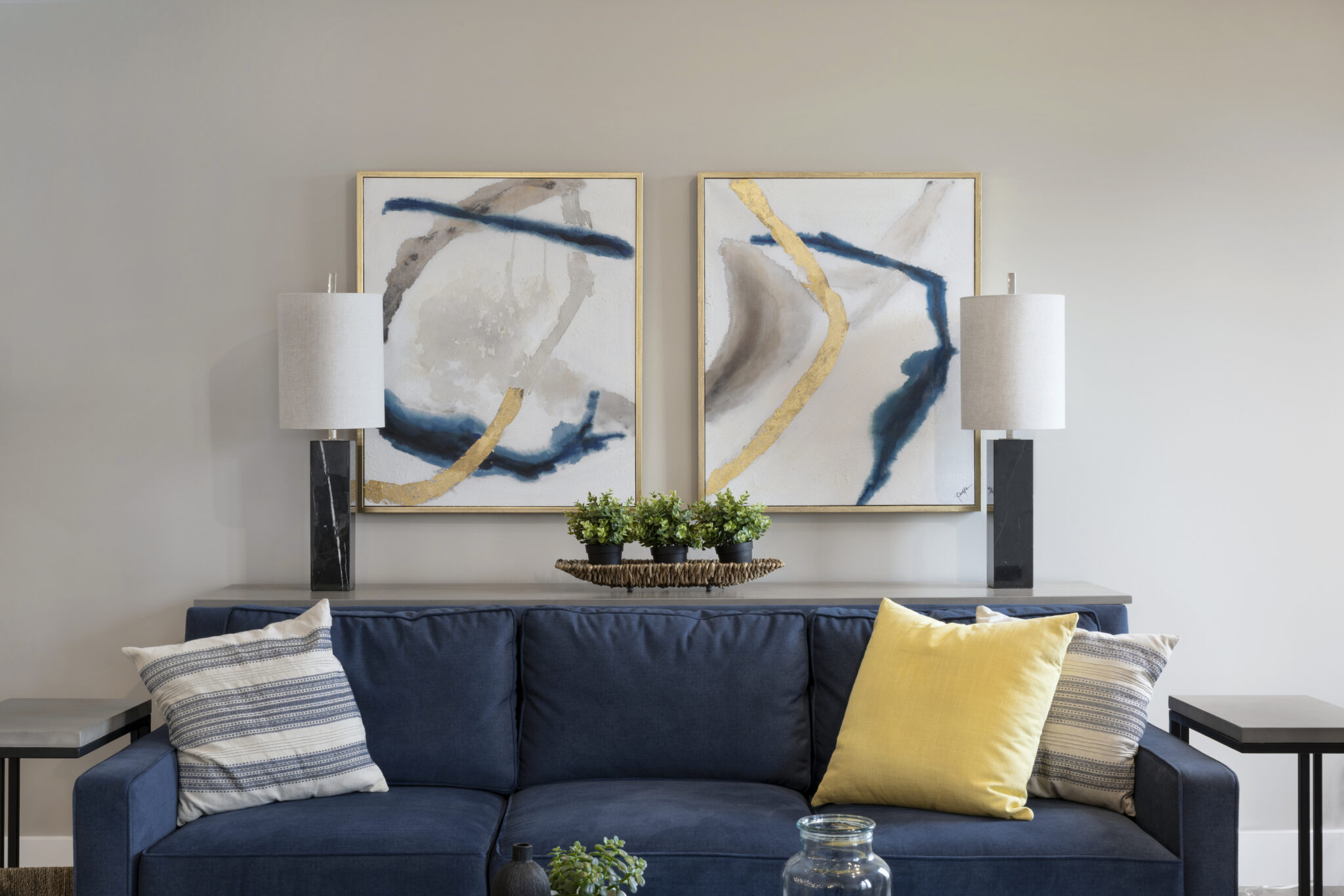
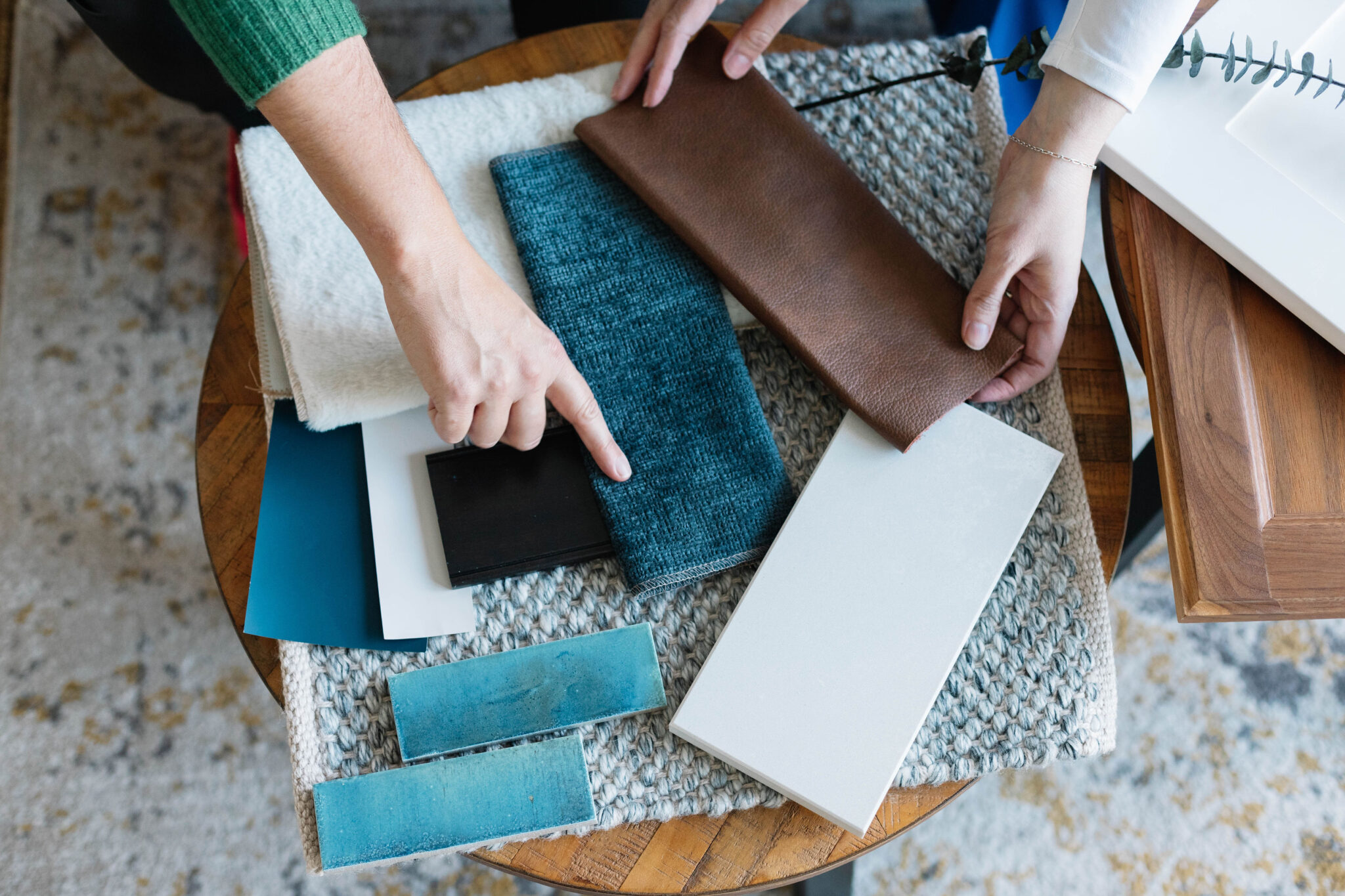

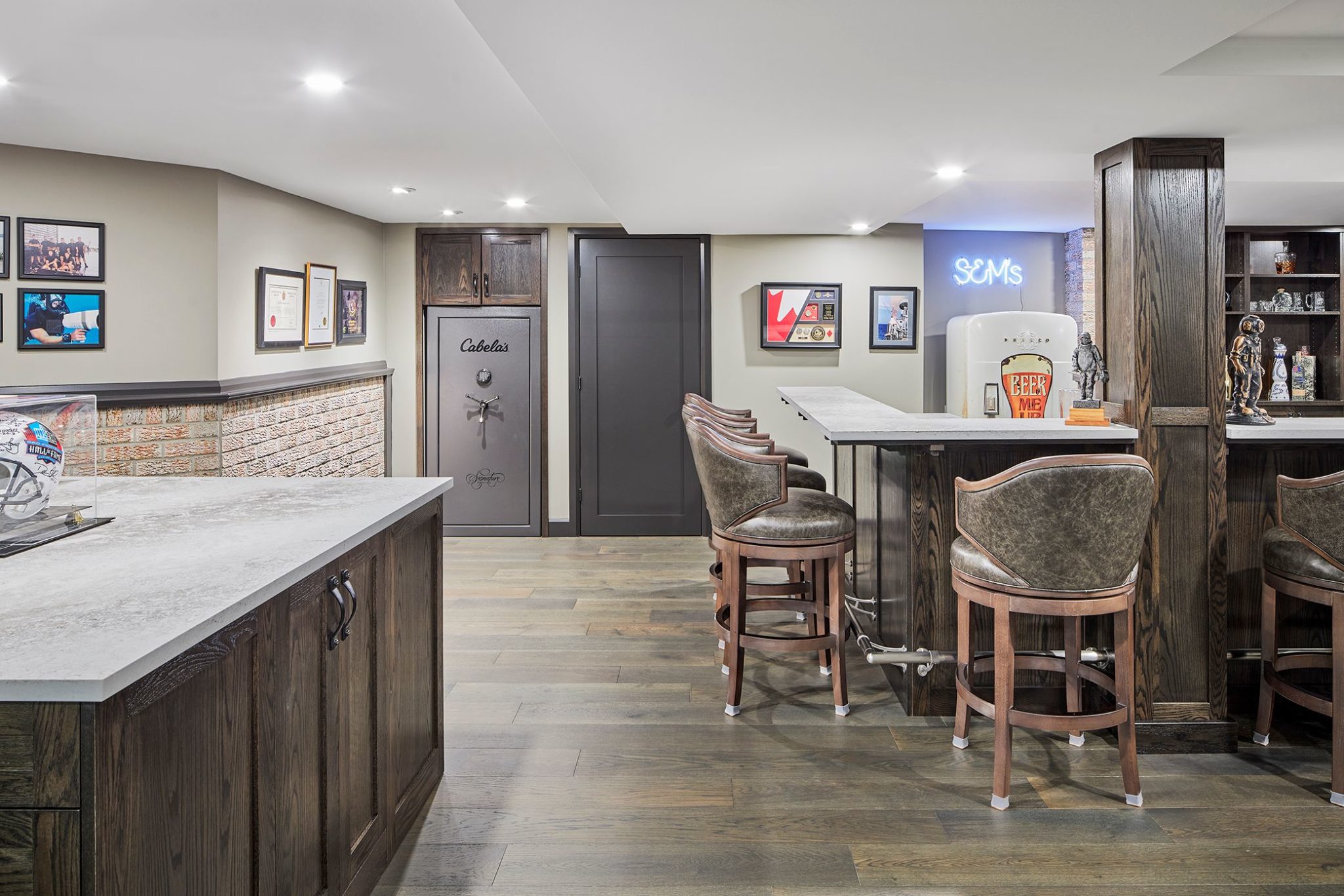
An Award Winning Entertainment Space
Jun 2, 2022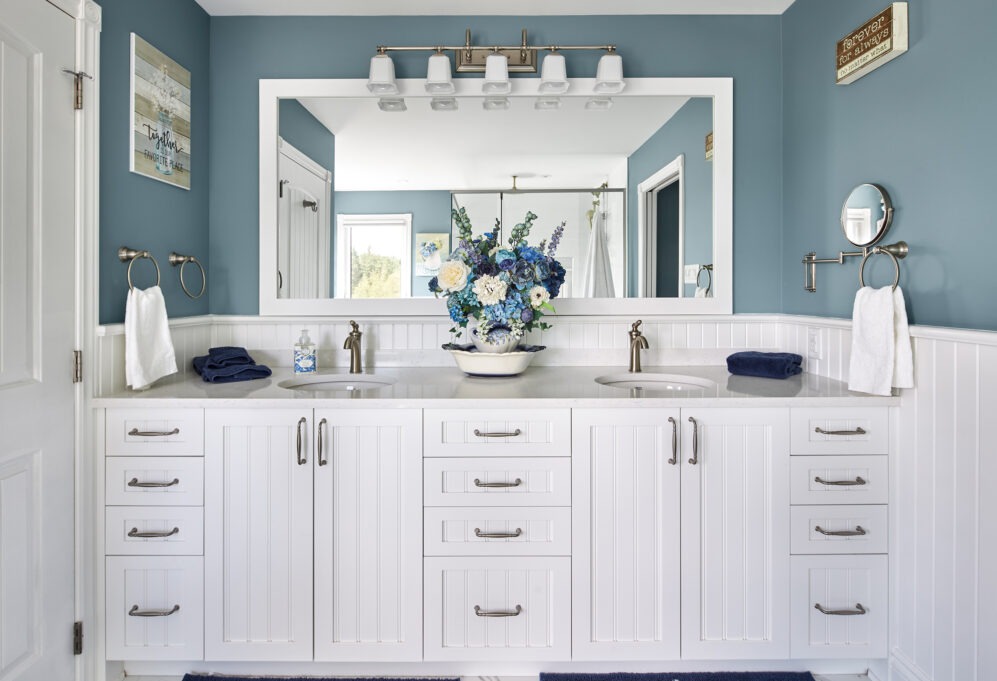
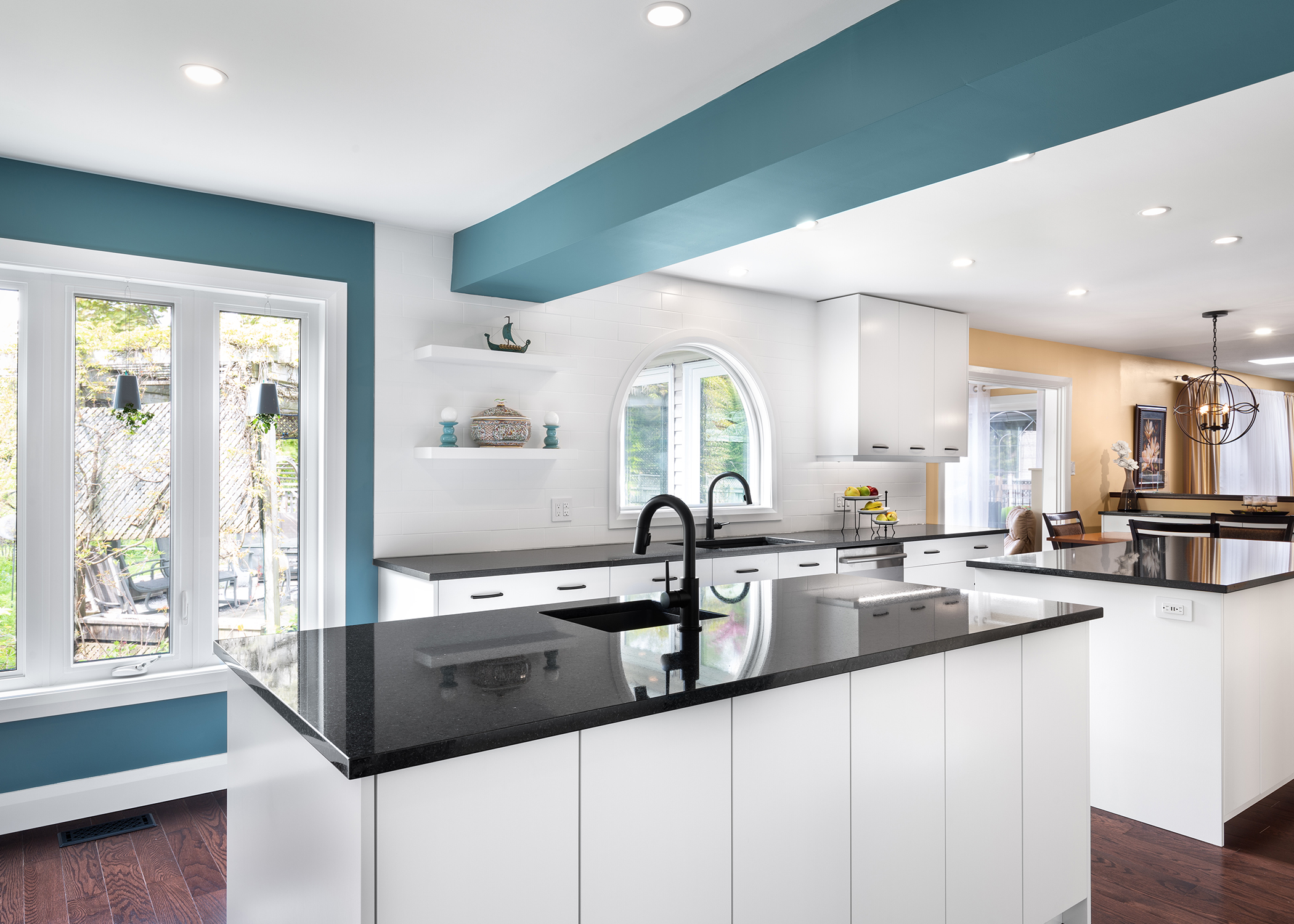
A Tale of Two Islands: Inside A CPI Kitchen Makeover
May 20, 2020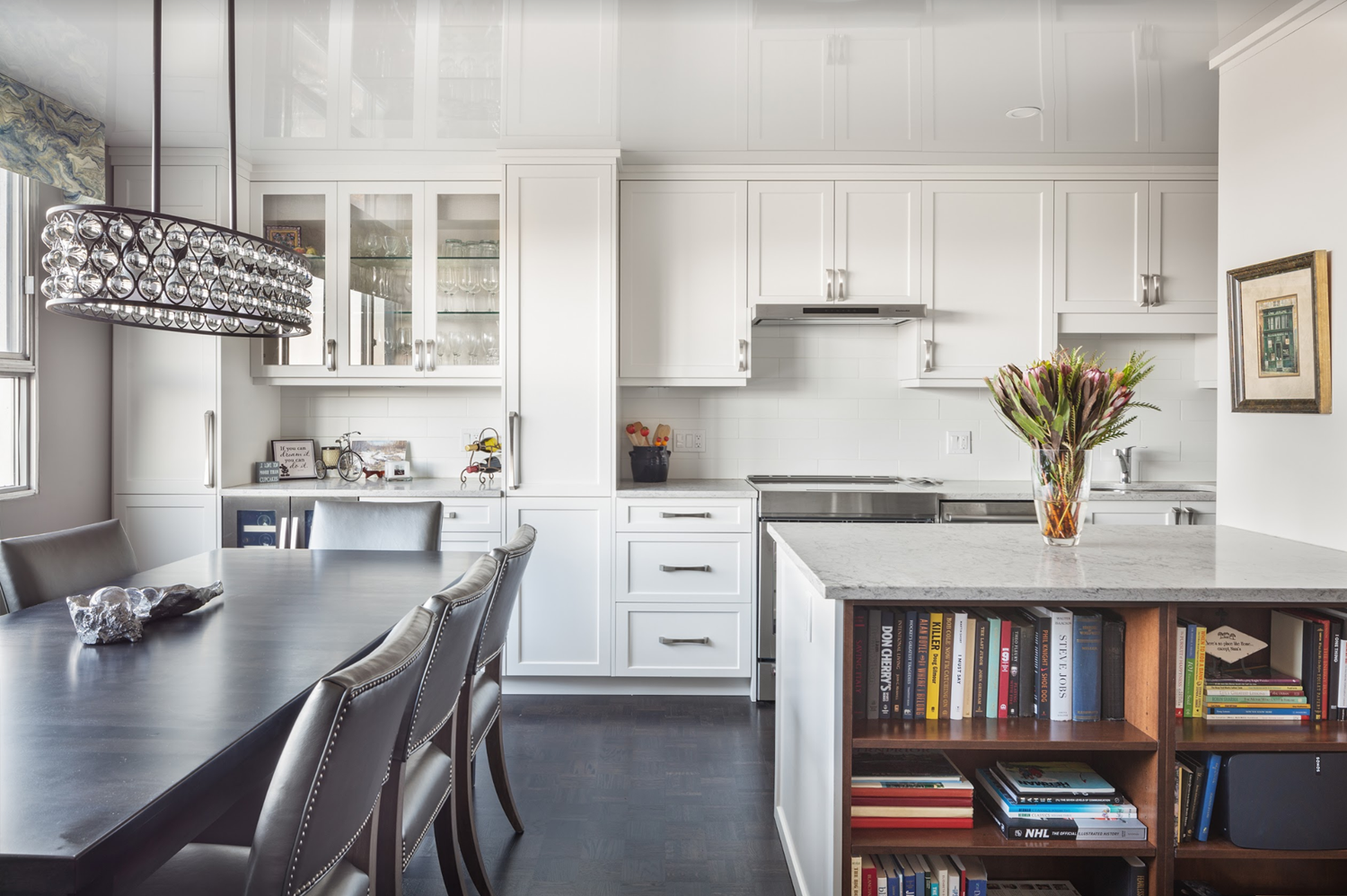
Downsizing in Style
Mar 20, 2020Ready to Get Your Project Started?
Book a call with one of our talented designers to find out about our full service design process!
